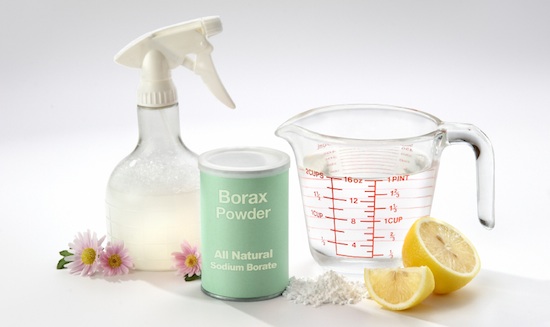Children’s Allergies: A Joy Robber of Autumn’s Fun
November 21, 2012
Autumn is a beautiful time of year, and for most kids, it means hours of outdoor fun; frolicking in piles of fallen leaves, gathering acorns and pinecones or playing hide and seek in the forest. For some kids, however, the shifting weather means pesky allergens that cause itchy eyes, runny noses or even hives.
The good news is that with the right precautions, you can spare your child a good deal of unpleasantness and make autumn a memorable season for all the right reasons.
How to prepare for autumn allergens
Statistics show that nearly 10 to 20 percent of people suffer from fall allergies. Being aware of what causes these allergies is the first step towards preventing them.
One of the main culprits of fall allergies in the fall is ragweed, a flowering plant that is also known as bitterweed or bloodweed. Another allergy trigger that is common during this time of year due to the rain and humidity is mold.
Here are a few tips to help you prepare for the season:
Plant a few cover crops in your garden
Ragweed is most common between the months or August and October. It is the pollen from this weed that causes allergic reactions, and because it can travel for up to 400 miles in windy conditions, it may be difficult to avoid it altogether.
Planting cover crops, however, such as clover, rye or field peas, can prevent the weed from taking root in your own garden, thus minimizing the chance of pollen in your immediate area.
Don’t leave piles of dead leaves around the yard
Piles of rotting leaves provide the perfect breeding ground for mold, so it’s important to rake up dead leaves and either burn them or cover them in a far corner of the garden until next spring when they can be used as compost.
Keep filters clean
Pollen can get caught in filters of air conditioners, washing machines, furnaces and other household appliances. If you don’t clean these filters out regularly, the pollen will find its way into your home even if you are keeping your child indoors and away from possible allergens.
Spend time at the beach
If your child suffers from ragweed allergies, most outdoor activities will be off-limits. The beaches, however, are usually ragweed-free, thanks to the humidity levels. While swimming may be difficult at this time of year, kids can still enjoy running and playing without the fear of having an allergic reaction.
Children’s clothing for outdoor activities
Just because your child suffer from allergies doesn’t mean they can’t play outdoors. During certain times of day, such as the morning or late evening, and in certain weather conditions, such as on crisp windless days, there is less chance of pollen in the air, and these would be ideal times to head into the fresh air.
Here are a few tips for outdoor clothing to keep your kids allergy-free:
Wear warm clothing
For kids with sensitive airways, cold air can be quite an irritant. To protect them from the cold temperatures, make sure they are warmly dressed and use a hat to cover their ears, along with a scarf over their mouth and nose to warm the air before it reaches their lungs.
Keep eyes protected
If there is a lot of pollen in the air, it may be a good idea to keep eyes covered with sunglasses or protective goggles. A mask or bandana over the mouth and nose will also prevent allergens from reaching the child’s lungs.
Change clothes immediately when entering the home
To avoid bringing allergens into the home, take off all your child-s outdoor clothes before allowing them to enter the home. Taking a shower before changing into fresh clothes will also wash any residue from the skin.
Natural remedies for allergies
Most parents don-t enjoy the thought of pumping their young child full of allergy medications, so here are a few natural remedies that may ease the symptoms of seasonal allergies:
- Butterbur
- Stinging nettle tea
- Saline rinse and spray
- Probiotics (yogurt)
- Bromelain
- Natural honey
Alternatives to outdoor activities
When the pollen in the air is at its peak, it may be best to avoid all outdoor activities and remain indoors as much as possible. However, keeping kids entertained indoors is easier said than done. Here are a few ideas of indoor activities that will help you keep your child happy for hours.
- Bake
- Dance
- Make paper mache
- Paint pine cones and stones
- Build an indoor tent
- Write your own songs and stories
- Have indoor picnics
- Make your own play-doh
- Write letters
Image Source: Flickr Creative Commons






